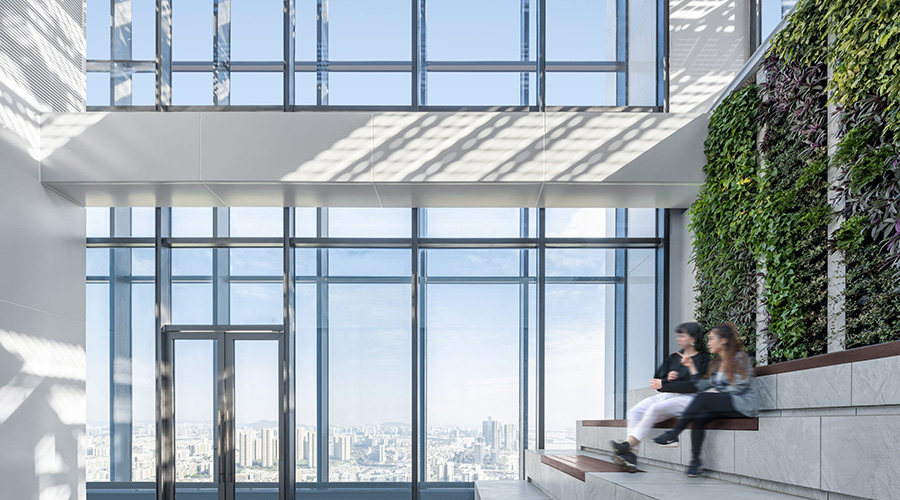As Space Heaters Show, Facility Managers Often Have to Negotiate With Occupants to Avoid Energy Waste
Space heaters: the bane of every facility manager's existence. As in many organizations, space heaters were banned by the Olympia School District, but the space heaters — easy to hide, cheap to buy and tenaciously beloved — were not going anywhere.
Rather than launch a heavy-handed search and seize mission against the school district's employees, Bonnie Meyer, resource conservation manager in the capital planning and construction department, decided to investigate why people were so attached to their space heaters.
The answer, she says, came down to cute shoes. People wore all manner of footwear inadvisable for the weather conditions in order to look good or be comfortable. As a result, their feet got cold.
"I can not possibly compete with the shoe industry," Meyer says. "Those people were not going to change their behavior, so I needed to change mine." This meant finding a creative solution that would remove the fire hazard and energy waste created by the space heaters while also addressing the comfort needs of the building occupants.
Understanding the role of a facility's occupants in its energy use is emerging as a field of study. Though their impact is not currently easily quantified, occupants are clearly a major factor influencing whether or not a facility hits its energy efficiency goals. This is especially true the more highly efficient a building is meant to be.
Space heaters are a good example of the way occupants most directly affect a facility's energy use — through plug loads — though their interactions with the HVAC, lighting and envelope systems also come into play.
"Plug load energy is increasing," says Amy Cortese, senior program manager at the New Buildings Institute. In addition, "as the pie gets smaller as the other loads in the building are ratcheted down, plug loads become an increasingly larger slice of the pie." From 2003 to 2012, plug loads as a percentage of total electricity use in U.S. offices doubled, from just about 15 percent to just about 30 percent, according to the New Buildings Institute. In a high-efficiency office, plug loads can account for nearly 50 percent of the electricity usage.
Managing the impact of building occupants on energy consumption is a complex matter, fraught with cultural politics and the myriad variables of working with people instead of machines. Susan Mazur-Stommen, director of the behavior and human dimensions program at the American Council for an Energy-Efficient Economy (ACEEE), says this can lead facility managers to perceive their facility's occupants as "urban pests," like raccoons or squirrels, which consume resources but do not contribute in a positive manner.
"The primary issue is that building operators, owners and tenants have a different stake in how the building performs and in their need for the building to operate in a particular way, with the occupants being the furthest removed from any financial stake in the operation of the building," she says. "But oftentimes, they are a source of challenges in getting a building to meet its projected energy profile."
Related Topics:















